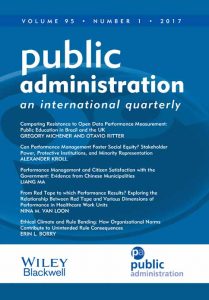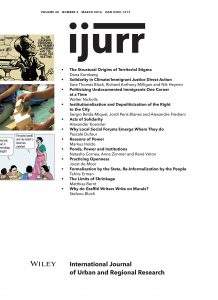Ten Years Later: Three Academic Perspectives on the Columbine Massacre
[youtube=http://www.youtube.com/watch?v=m_lBgaUpmu4]
by NickieWild
A decade after teenagers Eric Harris and Dylan Klebold killed 12 students, one teacher, and wounded 23 at their high school in Colorado, academic writers in different fields still debate the source of their rage. Why Kids Kill: Inside the Minds of School Shooters by Langman is a new book offering a psychological evaluation of the incident, which argues that sociocultural factors have been overemphasized. He writes that certain children are predisposed to violence through schizophrenia or psychopathic personality disorders. It is largely a response to an anthropological work by Newman, et al, called Rampage: The Social Roots Of School Shootings, which argues that oversimplifications about violent television and video games are not good explanations for such actions. The only way to prevent shootings is to pay close attention to the school environment – bullying, threats, and the socially isolated.
A more sociological perspective can be found in Comprehending Columbine by Larkin. He argues that structural factors, such as the normalization of extreme bullying by athletic elites and a general state of hegemonic religious intolerance that ostracized all outsiders, combined to make Harris and Klebold try to seek revenge. Interestingly, the book exposes as an outright lie that the shooters targeted victims based on their religious beliefs, and that this claim only obscured the deeper meanings of extreme school violence in our society.
Review of Comprehending Columbine by Ralph W. Larkin





1540-6237/asset/SSSA_Logo-RGB.jpg?v=1&s=c337bd297fd542da89c4e342754f2e91c5d6302e)
Research has determined that from the Moment of Commitment (the point when a student pulls their weapon) to the Moment of Completion (when the last round is fired) is only 5 seconds. If it is the intent of a school district to react to this violence, they will do so over the wounded and/or slain bodies of students, teachers and administrators.
Educational institutions clearly want safe and secure schools. Administrators are perennially queried by parents about the safety of their schools. The commonplace answers, intended to reassure anxious parents, focus on the school resource officers and emergency procedures. While useful, these less than adequate efforts do not begin to provide a definitive answer to preventing school violence, nor do they make a school safe and secure.
Traditionally school districts have relied upon the mental health community or local police to keep schools safe, yet one of the key shortcomings has been the lack of a system that involves teachers, administrators, parents and students in the identification and communication process. Recently, colleges, universities and community colleges are forming Behavioral Intervention Teams with representatives from all these constituencies. Higher Education has changed their safety/security policies, procedures, or surveillance systems, yet K-12 have yet to incorporate Behavioral Intervention Teams. K-12 schools continue spending excessive amounts of money to put in place many of the physical security options. Sadly, they are reactionary only and do little to prevent aggression because they are designed exclusively to react to existing conflict, threat and violence. These schools reflect a national blindspot, which prefers hardening targets through enhanced security versus preventing violence with efforts directed at aggressors. Security gets all the focus and money, but this only makes us feel safe, rather than to actually make us safer.
Some law enforcement agencies use profiling as a means to identify an aggressor. According to the U.S. Secret Service and the U.S. Department of Education’s report on Targeted Violence in Schools, there is a significant difference between “profiling” and identifying and measuring emerging aggression; “The use of profiles is not effective either for identifying students who may pose a risk for targeted violence at school or – once a student has been identified – for assessing the risk that a particular student may pose for school-based targeted violence.” It continues; “An inquiry should focus instead on a student’s behaviors and communications to determine if the student appears to be planning or preparing for an attack.” We can and must assess objective, culturally neutral, identifiable criteria of emerging aggression.
For a comprehensive look at the problem and its solution, http://www.aggressionmanagement.com/White_Paper_K-12/
This structural argument is so powerful. It can empower us to make changes in our society to avoid future incidents, instead of responding to them as they occur. Thanks for an interesting post highlighting the sociological perspective.
Keri